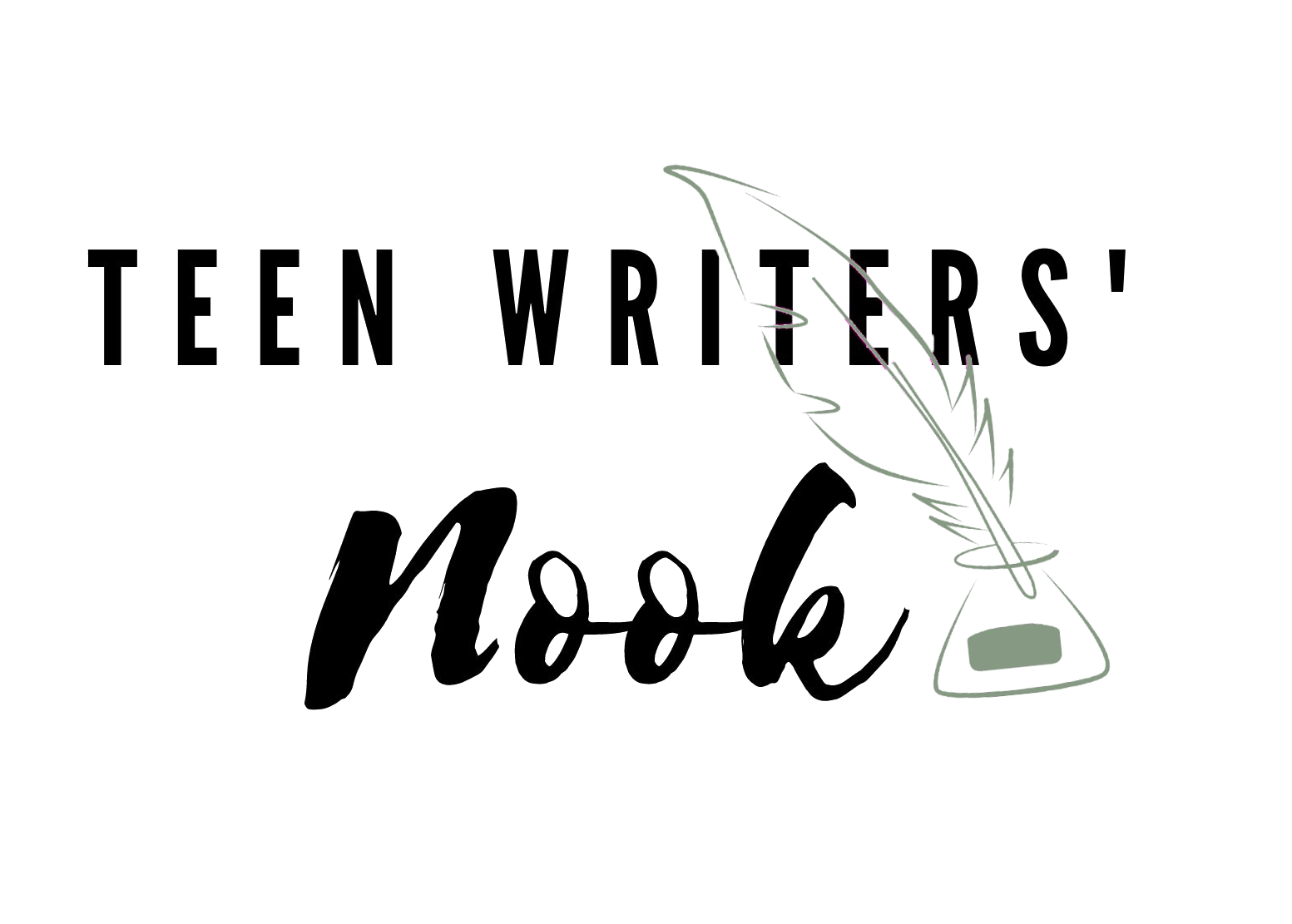Things to Know Before You Start Writing
You may be staring at the title, pondering what do I need to know other than my story idea? Not a whole lot, but there is a few things about your story that you should know anywhere in the beginning of your writing process. We’re going to review them here.
First you should know who’s telling the story and in what POV (point of view) and verb tense. I’m going to use the example of a spy novel I had written a few years ago. Because I wanted to switch POVs between my two lead protagonists, I chose to use third person limited for my POV and past tense for my verb tense. To those of you I might have lost, here’s a quick breakdown of some writing definitions:
The different types of POVs:
First person – You know using I and me instead of your Main Character’s (MC) name. My favorite fiction author, Jennifer A. Nielsen, uses first person for her POV, and this is both mine and Lacey’s preferred use. Why? Well, I find it easier to write with, and you can get into your MC’s head in a closer way. It’s like seeing the world through his/her eyes.
Third person omniscient – (omniscient def. – knowing all there is to know) This is using he/she instead of me and your MC’s name instead of I. With using this one instead of third person limited (see below), it’s the narrator (A.K.A you) telling the story. If you have many characters telling a side of the story, this would be your ideal use. Heist Society by Ally Carter uses this one. I don’t see it come up in most books I read, and that might be because you distant the reader from the MC a little more with this POV. I found in Heist Society, I didn’t really care much about Katarina, the main character. But many people have used it and done it wonderfully.
Third person limited – This one still uses he and she, but you tell the story through the MC’s eyes instead of the narrator. The Harry Potter series uses this one. Many books I like go with this one, but I have only used it once. (Or twice, I can’t really keep up.)
Second person – The least common of the POVs, second person uses you instead of I or he/she. This is pretty much telling the story through your reader’s eyes. More likely, you are to find it in a “Choose Your Own Adventure” story.
Protagonist definition – Basically, that’s the MC. The hero of the story. The antagonist is the villain.
For verb tenses you’ll need to decide if the story is told in past or present tense. Past tense is the most common and is the easiest way for me to write. A first person, past tense story would be like I dropped the basketball (she dropped the basketball) while present would be I drop the basketball (she drops the basketball). (Fun Fact: the Embassy Row series by Ally Carter uses present tense, one of the few I know to do so.)
Now that we made it through all that, let’s focus on another thing you should know early in the writing process. What is your books genre? This is very important to know because your genre will determine what will or won’t happen in your story.
For example, the novel I wrote that I used in the example of the second paragraph was a spy fiction, suspense genre. But the story I’m currently working on is a low fantasy, modern Aladdin retelling. (Big difference, I know.) So, I wouldn’t put a genie in my spy story or put spy gadgets in my retelling. Look at books whose story is similar to yours, and see what they classified the book under. I went to see what the Gallagher Series by Ally Carter’s genre was to classify my spy story. That’s how I found out spy fiction was a genre.
Then, I’d recommend researching the genre you pick for your story. Get to know what the story structure looks like. And read books in that genre. That’s why I’m planning on picking up Melanie Dickerson’s Aladdin retelling, The Orphan’s Wish, and dive into more Nielsen books for the fantasy.
After you know all this, you’re ready to write your book. If you want more tips on beginning a story, check out my post Where to Begin? You can share your books POV and genre in the comments. Keep Writing!

